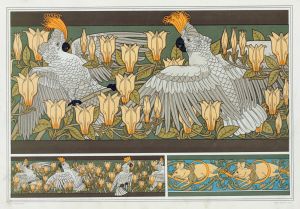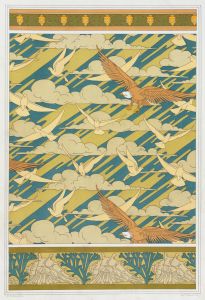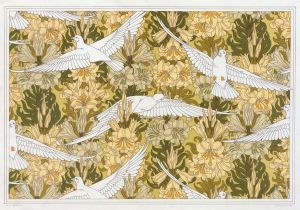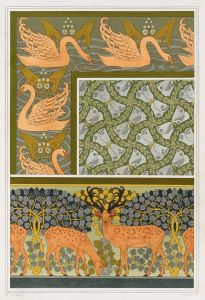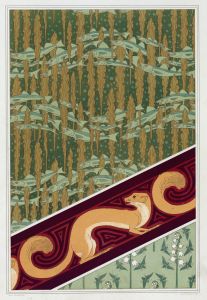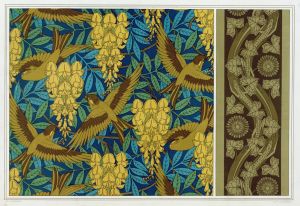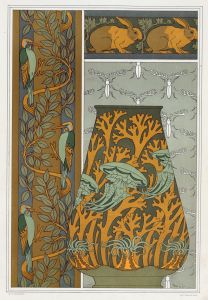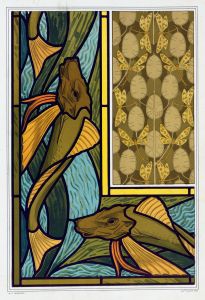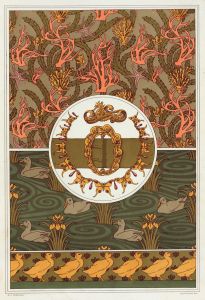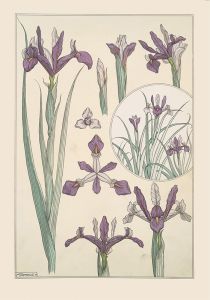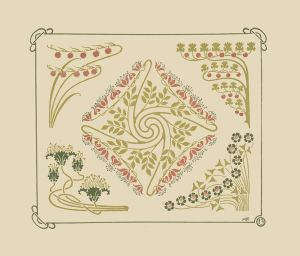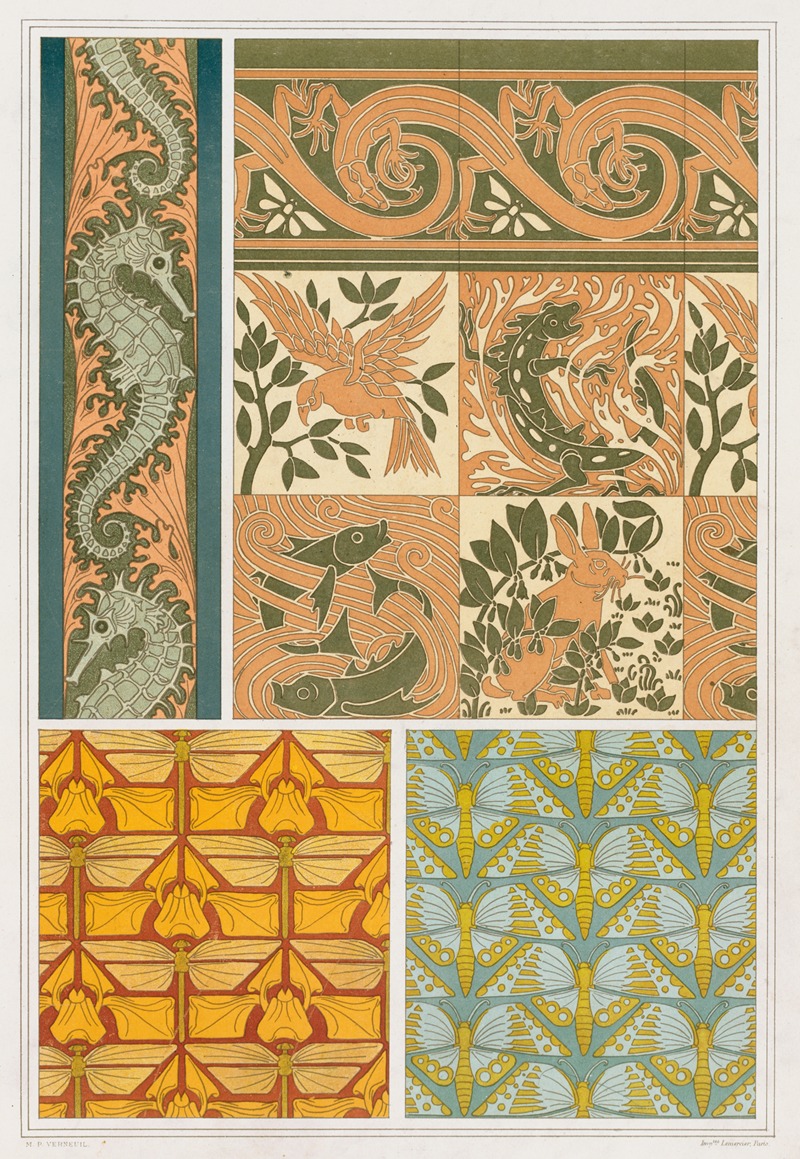
Hippocampes et algues, bordure. Les quatre éléments, carreaux céramiques, et lézards, bordure.1897
A hand-painted replica of Maurice Pillard Verneuil’s masterpiece Hippocampes et algues, bordure. Les quatre éléments, carreaux céramiques, et lézards, bordure.1897, meticulously crafted by professional artists to capture the true essence of the original. Each piece is created with museum-quality canvas and rare mineral pigments, carefully painted by experienced artists with delicate brushstrokes and rich, layered colors to perfectly recreate the texture of the original artwork. Unlike machine-printed reproductions, this hand-painted version brings the painting to life, infused with the artist’s emotions and skill in every stroke. Whether for personal collection or home decoration, it instantly elevates the artistic atmosphere of any space.
Maurice Pillard Verneuil was a prominent French artist and designer known for his contributions to the Art Nouveau movement. Born in 1869, Verneuil was a versatile artist whose work spanned various mediums, including graphic design, ceramics, and interior decoration. His style was characterized by the use of natural forms and motifs, often incorporating elements from the natural world into his designs.
One of Verneuil's notable works is "Hippocampes et algues, bordure. Les quatre éléments, carreaux céramiques, et lézards, bordure," created in 1897. This piece exemplifies the Art Nouveau style, which was popular in Europe from the late 19th century until the outbreak of World War I. Art Nouveau is characterized by its use of long, sinuous lines and curves, as well as its incorporation of natural forms such as plants and animals.
In "Hippocampes et algues, bordure," Verneuil employs marine motifs, featuring seahorses (hippocampes) and algae (algues) as part of the design. The use of these elements reflects the Art Nouveau fascination with the natural world and its forms. Seahorses, with their unique shape and delicate structure, are a fitting subject for the flowing lines typical of the Art Nouveau style. Algae, with its intricate and organic forms, complements the seahorses and adds to the overall aesthetic of the piece.
The mention of "Les quatre éléments, carreaux céramiques, et lézards, bordure" suggests that the work may have been part of a larger series or collection that included representations of the four elements—earth, water, air, and fire—possibly depicted through ceramic tiles (carreaux céramiques). The inclusion of lizards (lézards) in the border design further emphasizes Verneuil's interest in incorporating diverse natural motifs into his work.
Verneuil's work in ceramics and tile design was part of a broader trend during the Art Nouveau period, where artists sought to integrate art into everyday life. By creating decorative yet functional objects, such as ceramic tiles, artists like Verneuil contributed to the movement's goal of breaking down the barriers between fine art and applied arts.
Throughout his career, Verneuil collaborated with other artists and designers, contributing to various publications and exhibitions that showcased the Art Nouveau style. His work was influential in popularizing the movement and its aesthetic principles, both in France and internationally.
Maurice Pillard Verneuil's contributions to the Art Nouveau movement remain significant, as his designs continue to be appreciated for their beauty and innovation. His ability to blend natural motifs with the flowing lines of Art Nouveau has left a lasting impact on the world of design, and his works are still studied and admired today for their artistic and historical value.





